I played Shadowman's Inquisitor and its sequel back in 2014. Both are experiments originally begat by Russian "freakmapping" contests where a procedurally-generated layout is used as the foundation for people to make their own levels. The original INQSTR was controversial for its political / sexual undertones focused around a mysterious, metaphorical allusion that sullied an otherwise pretty cool castle adventure stylized after Hexen II. The Inquisitor 2 pushed in a different direction, attempting to channel the dungeon crawler combat of the Diablo series complete with an overworld town and quests that you could accomplish to further your power, exploring a fair variety of dungeons all within the space of a single level. Its bold aspirations were tempered by highly claustrophobic combat and boxy architecture.
The Inquisitor 3 - released in 2016 as a Doom II PWAD to be played in GZDoom - is a true sequel where INQSTR2 was a prequel to the original. All three flesh out the fantasy world of Khorus, a loving pastiche mixing elements of Diablo (and other 90s CRPGs) with Russian Eastern Orthodox religion and having a sort of alternate-reality flavor. The opening cinematic lays out the story, saving you the trouble of playing through the first two entries... if you're a less inquisitive sort. You're still Doomguy, here dubbed "the inquisitor", arriving in this dimension on your tireless quest to rid all existence of evil. Khorus is on the precipice of destruction at the hands of the nefarious Eidolan and you hardly help matters with your original bid, delivering a powerful artifact into the hands of the adversary in the guise of a sorcerer named Blacknore.
Your next trip takes you to the origin of the evil where both the undead king of Khorus resides and Blacknore surreptitiously engineered the downfall of the realm. You sort of save the day but it's hard to tell what purpose your trip had because your progress is walked back so that the same setting - though rendered in a different map - can be used as a location in this adventure. For the final entry you arrive on the docks of the town of Tristan, a fishing village on the edge of the madness. The king's deceased daughter appears to be the crucible of this insurrection and your quest will take you through dizzying heights and the deepest trenches, to Hell and back again to wrest the land from evil's grasp.
Given what happened with The Inquisitor 3 my closing thoughts on INQSTR2 seem eerily prophetic (though I dunno what other way it could have been developed). Most importantly, I was looking forward to "...a bigger adventure in a slightly less sadistic direction." I can't help but peek in at the Russian Doom Community forums on occasion and was pleasantly surprised to see INQSTR3 in development, noting that it had broken free from the Freakmapping yolk to encompass multiple maps. I later discovered its metamorphosis into a full-fledged game including an ARPG level system with statistical point distribution.
I had not had the luxury of playing any of the previous sophisticated ARPGs created for Doom source ports - most notably Stephen Clark's Serpent: Resurrection - and it's exactly the sort of thing I would hope to see for a work of this magnitude. One still using the base conceits of The Inquisitor series, anyway. The five different statistics are the classic Strength, Dexterity, Vitality, Intelligence, and Wisdom. The first affects your melee damage, the levels of firearms that you can carry, the level of armor you can wear, and whether you can force certain locked doors open. It's worth specializing in if you enjoy the gritty melee combat of Hexen, especially since a type of armor in the late game requires a high Strength score.
Dexterity determines how much harm you do with ranged weapons, the levels of firearms that you can carry, whether you can pick the locks on doors (similar to Strength characters), how fast / how far you run and jump, and your capacity to "dodge" attacks entirely, a fringe benefit not mentioned in any official documentation. The only downside to focusing on a Dexterity-based character is that the very early game (your initial foray through "Wilderness") is heavily melee-focused. Vitality is exactly what you'd expect and a little more, raising hit points with every bump (though you always gain some amount at each level) and at higher levels reducing damage taken by a flat percentage as well as increasing the health gained by "rations".
Intelligence and Wisdom give you extra blue and green mana, respectively, and determine how much damage spells do as well as which ones you can learn. Some are alternative attacks to weapons, like Spark adding a lingering electrical strike to your sword each time you swing it. Others must be cast using the spell cycle menu. Buffs that increase stats or reduce damage lower your total mana until you turn them off or you change areas; at that point, they wear off. The buffs also have item equivalents like potions but the latter last a short time, dependent on a specific attribute score. The spell system adds yet another layer of depth to the gameplay since both Intelligence and Wisdom have their own peak power spells. Which statistic will you specialize in?
You have a fairly diverse armament, all things considered. The fist slot is more of a repository for spellcasting options. The sword is the main workhorse melee weapon, a holdover from the first two Inquisitors. The mace offers a powerful alternative with a bit more range and does holy fire damage on every swing albeit at the cost of consuming green mana. Slot 4 is reserved for the light crossbow, which is capable of firing normal or electrical bolts, or its heavy variant, using explosive or arc of death-style missiles much like INQSTR2's blessed bolts. I didn't run into anything using the fifth slot during my first playthrough but I would not be surprised if it served as a repository for the stronger spells.
Slot 6 is the shotgun, a weapon you'll love to smash with and either shoots single shells (normal) or both at the same time (alt) before reloading. The Staff of Zharduk is a late-game addition and either uses blue mana to shoot rapid-fire homing shots or green energy to conjure a havoc-wreaking death ball. It bounces from victim to victim or weaves around the big guys for massive damage. The fire launcher is an optional relic that can be acquired from one of two sources, either the sandy oasis of "The Lost Valley" or a bad dream. I'm not sure what triggers the latter but I had mine in Snow White's company. It either clears house by deploying rolling fire, consuming blue mana, or functions as a flamethrower when using green.
Once you start the game and roll through the intro it's off to the Sanctuary. This map serves as a tutorial and lets you set your opening stats with a roll of the dice and then spend your first few attribute points. Most of your stat boosts will come from levels - two at a time - but there are also rare magic elixirs that heal you to full and give you a single bonus point. I found one other source of extra stat points and given how its secret is accessed I wouldn't be surprised to hear of least one other in the body of your adventure. I strongly suggest avoiding Ultra-Violence on your first playthrough; the monsters are much thicker in critical spots and you appear to level just as fast if not faster with less enemies killed while playing on Hurt Me Plenty.
You won't spend a lot of time at the Sanctuary, though. Your main headquarters will be in the town of Tristan (similar but legally distinct from Tristram), mirroring the function of the castlebound village in The Inquisitor 2 but employing much more atmosphere and charm. There are a variety of NPCs offering quests and possessing the gift of gab, further fleshing out the INQ universe. It's pretty hard to miss the missions since the team is good about letting you know when new quests open following major milestones and there's only so much of the derevnya to explore, doubly so in the case of the Umber Estate. It's a smaller town in the later game and would work as a great secondary hub... if there was a free source of healing to return to.
That's Deckard Cain: questmaster, holy man, and the dude who takes The Inquisitor from mining the same vibe as Diablo to straddling the line between homage and fan-fiction. Deckard is a useful resource besides healing you to full when spoken to. He is the prime fixture of the game's main questline, capable of pointing you in the right direction if you get lost or confused and offering prodigious amounts of backstory that help to flesh out the world. He is accompanied by a cast of characters including fantasy staples like the blacksmith and apothecary, all of whom have their own piece - or pieces - to say, provided you're capable of navigating through the dialogue windows. They've also got plenty of goods ready to Yseult, running the gamut from armor and ammo to combat consumables and restorative relics replenishing health and mana, all of which can be bought for some sum of Simoleans.
There are plenty of sources from which you can acquire gold. Monsters tend to drop it and you'll get quite a bit as quests rewards. There's a ton just lying around in corners of the world both near and far. Later on you'll be able to sell spell scrolls that you can't or won't use (due to their higher INT or WIS requirements) and some artifacts you might have no interest in using. Experience is a tad bit more limited but largely restricted to the same first two sources as gold. I was pleasantly surprised by receiving an experience bonus for taking an alternate path through a conversation with one of the bosses; not a common occurrence, but an interesting diversion from the norm nonetheless.
In terms of combat, I'm a poor judge. My initial playthrough was done as a jack-of-all-trades on UV, an experience I am loathe to repeat. I'm sure I suffered due to a lack of specialization in some aspects but I eventually finished the game... admittedly while utilizing a lot of saving and A LOT of reloading. Inquisitor 3 is slow to start since much of the massive first area including the graveyard will be cleared with the sword as your primary weapon. Only later do you acquire the relatively straightforward ranged attacks of the crossbow and lightning bolt. The elemental vulnerability system is neat and made readily apparent through color-coding though it's more rudimentary since poison is its own thing while fire and lightning function as each other's antithesis. There are a few more niches, too, like the mace's superiority vs. the undead, but the main conflict appears to be between shock and thaw.
The cast is fairly robust and fields a plethora of palette-swapped beasties featuring variant behaviors; nothing too complex for a hack and slash RPG, though. The bosses are a different story and while I'm sure that honing the player character's skillset would have helped the highly obnoxious lich king encounter is probably distasteful from any angle. The dragon battle is just as grueling but not because of manic monster movement. It's more about balancing your limited mobility on the tracks against narrow windows of opportunity to attack with many of your weapons compounded by fast, fiery death if you slip up. I think I had the easiest time against the witch herself; the multitude of monsters summoned to mob you are easily mopped up by using the staff's alt-fire. Again, though, I didn't take the chance to play around with INQSTR3's deadlier arcanum.
The overworld is a fantastic environment and does a pretty good job of disguising its essential nature as corridors connecting larger areas (or to be completely reductive, rooms). Of course, I wasn't necessarily expecting anything similar to Diablo II's vast fields, obscuring hordes of randomly-placed monsters off the edge of the screen. Isometric-derived environments would be a poor fit for The Inquisitor, especially without the careful pacing and scripting evidenced in areas like the graveyard outside the cathedral. Echelons of enemies work great for the spectacle of Doom II's slaughtermap scenarios and the crawling chaos visited upon the world by the Lord of Terror. INQSTR3's pacing borrows from ARPGs with a measured cadence that emphasizes the art in artifice.
One of my favorite tiny brilliances struck me during the first few minutes of venturing forth. It also walks hand in hand with an annoying bug; you'll want to completely disable autoaim in order to avoid it. Slaying flesh-and-blood monsters will in time trigger crows to feast on their corpses, slowly devouring them until only the sanguine skeletons remain. It's a fantastic addition to the PWAD's atmosphere except the corpses are still live entities capable of drawing your fire, at least until the crows are done pecking at them. As ingenious as the developers appear to be they could probably fix it if given enough time.
A plethora of other atmospheric additions make Inquisitor 3 come alive. There's the stagnant fog in the graveyard, for instance, or the rolling mists of "The Shadow Gorge". "Citadel of the King" has a cinematic escape sequence with a collapsing bridge and the trappings of "Citadel of Inferno" create a clear otherworld that would be fun to investigate sans its soul-crushing difficulty. I also enjoy the rolling waves of INQSTR's various coastlines, from the opening shore you materialize on in "Tristan" to the tantalizing tropic of "The Lost Valley". The subtle special effects work is an excellent accent for Shadowman and Memka's eye for detail, exemplified in their previous releases. The locations you visit are stunning, taking more after the architecture and scale of the original Inquisitor but with even larger locales. The interior of "The Cathedral" is cavernous and "The Catacombs" below provide the one labyrinthine dungeon-crawling scenario. Mostly free of grid 64 mazes, thankfully.
The look and feel of the project is enhanced by a plethora of 3D models, ranging from simple furniture props to massive statues like the angel just outside the cathedral doors. The objects feel perfectly at home in the environments; less jarring, say, than those appearing in 2015's Prime Directive. That's probably because of all the work done to accommodate them, though. The slopes and 3D environments go a long way toward bridging the gap between Doom and Hexen II, more so than the original Inquisitor which excepting its simple and straightforward presentation seems quaint in comparison to INQSTR3.
The soundtrack also helps to nail down the tone of this release as well as the prequel; much of it comes from Diablo II, of course. There are also unfamiliar tunes belonging to contemporary RPGs and other musical sources including but not limited to symphonic metal. I'm not as fond of the blazing licks if only as a matter of consistency but it's just as jarring as the chaos of the accompanying lich king fight. D2's not quite ambient music remains as captivating as the first time my barbarian visited the rogue encampment. File it alongside Deckard Cain as further blurring the line between Doom mod and Diablo fan game.
You might notice some distinct parallels with the progression of the original Diablo, previously mirrored in INQSTR2. There's a definite cathedral / catacombs / mines / Hell progression, here broken up by the overworld a la Diablo II. If you're just jumping into the Inquisitor series, though, you'll miss out on a number of details cribbed from both Inquisitors. The three biggest to stick out in my mind are part of the original INQSTR - the alchemy chamber where you first battle Blacknore, the tall catacomb shaft filled with wraiths, and the apparently inescapable legacy of the three tortured women. The in-universe explanation given in the intro of this release is that they were the handmaidens of the princess, put to death after failing to prevent her infernally-induced drowning. While appearing there, you'll see an eerie echo located in the bowels of MAP08.
INQSTR3 lacks the dynamic layouts and landscapes that generate so much buzz for Doom and its sequel but I don't miss them here as they're not critical to the methodical ARPG model cultivated by the Russian team. It's got more of an adventure game sensibility, one emphasizing the journey over free exploration. You'll really feel it in bits like your first entry into the Cathedral, which requires climbing up crumbling walls and leaping across the roofs of mausoleums. The authors are still careful to include curiosities to reward a thorough study. Indeed, it's rich both in secrets (albeit many of the item closet variety) as well as little nooks and crannies including a shrine allowing you a very limited respec option and two optional levels with their own rewards, not to forget the super-secret author Easter eggs. I wonder, now, if the herb I collected in the Shadow Gorge triggered the imperial incubus.
I opined that the sequel to INQSTR2 ought to be larger and feature less soul-crushing difficulty. Inquisitor 3 exceeded my wildest expectations. It's the sort of production I'd love to see more of, especially since the team has broken the surface level of fantasy staples. Of course, I'd like to see a little less time whacking stuff with the sword in the beginning - more contradictory contrivances are always appreciated - but I remain in awe of the team's successes given such a vast increase in scope. Though this may likely be the end of the Inquisitor's journey, I hope that more adventures are in store from this seasoned team.
NOTE: The version of INQSTR3 found on /idgames is English-only (well, besides the Russian voice clips) and contains compressed resources. The Doomworld forum post for the mod includes a link to the full version, which contains the original Russian release and uncompressed resources - I'm assuming largely the music.


THE INQUISITOR III
by Shadowman,
Big Memka,
and Guest
by Shadowman,
Big Memka,
and Guest
ELECTIVE ERRANTRIES
| The Lost Valley | MAP11 |
|---|---|
| by "BigMemka" | |
| The one major optional area slowly eschews the semi-frozen mountains for an exotic locale drawing inspiration from Diablo II's second act... if mostly by its choice in music. "Valley" fails to fully mine its differing locale; the monsters, with the exception of the gill beasts in the sunken temple and the boss fight in the subterranean courtyard, are the same. It's got the look, though, including inundated ruins off a sandy beach and desert scrubland as well as a desiccated brick settlement. I kind of got a Temple of the Lizardmen III vibe, particularly with the underwater shrine bit. The crone's reveal is a nice touch and helps to tie the side story back into the overall adventure. I just wish there were some more unique monsters. | 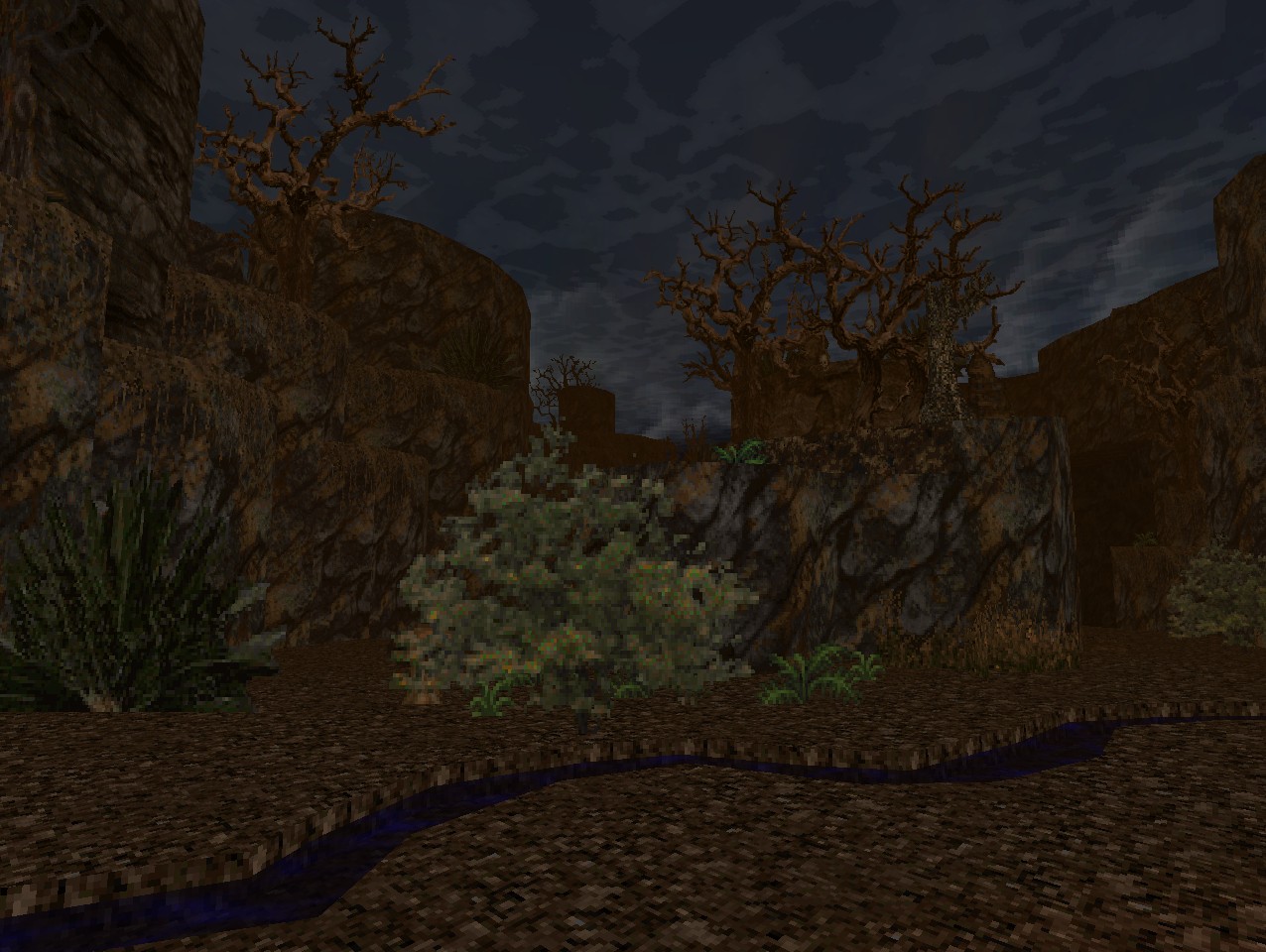 |
LET ME TELL YOU OF THE DAYS OF HIGH ADVENTURE!
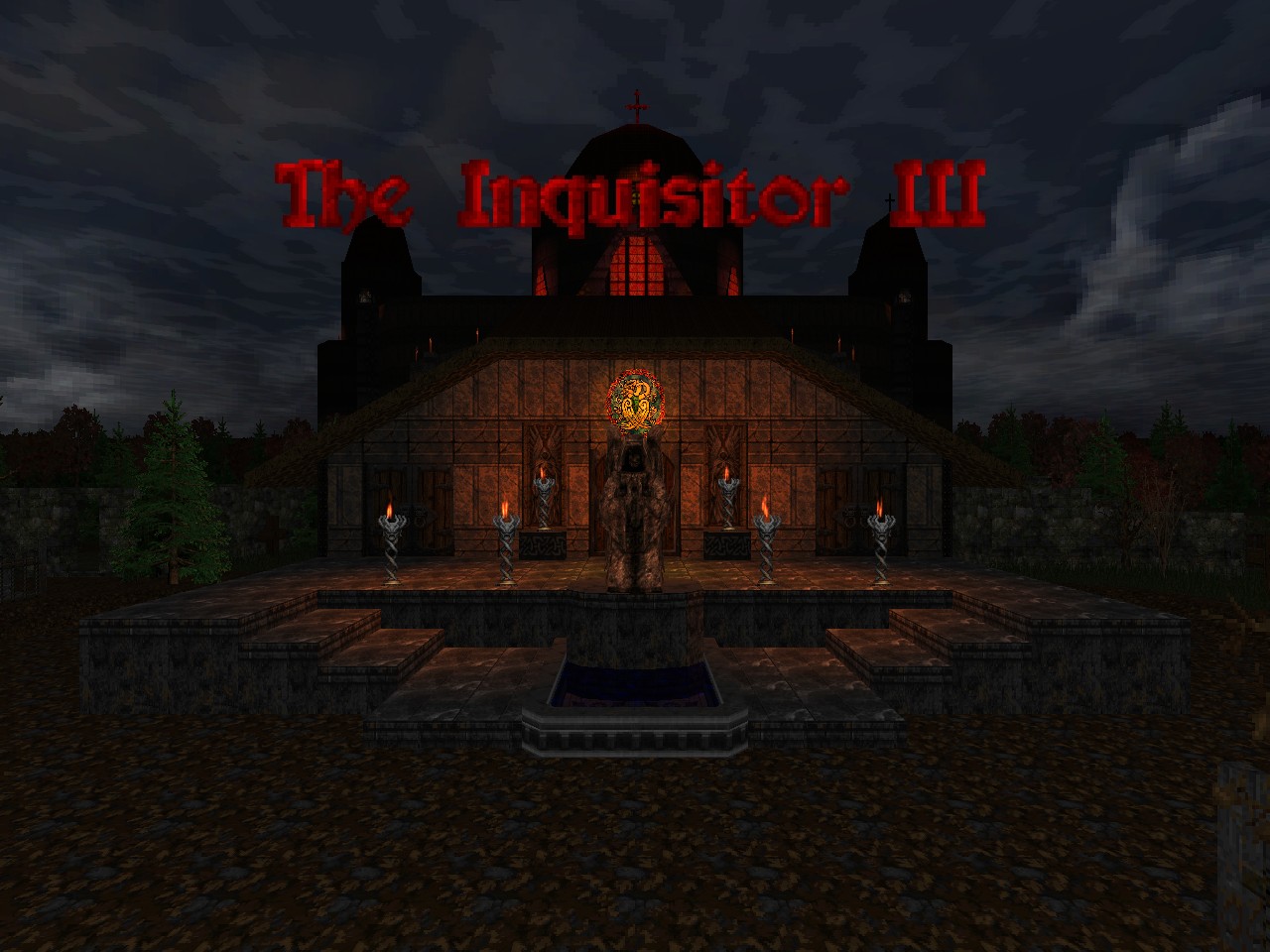

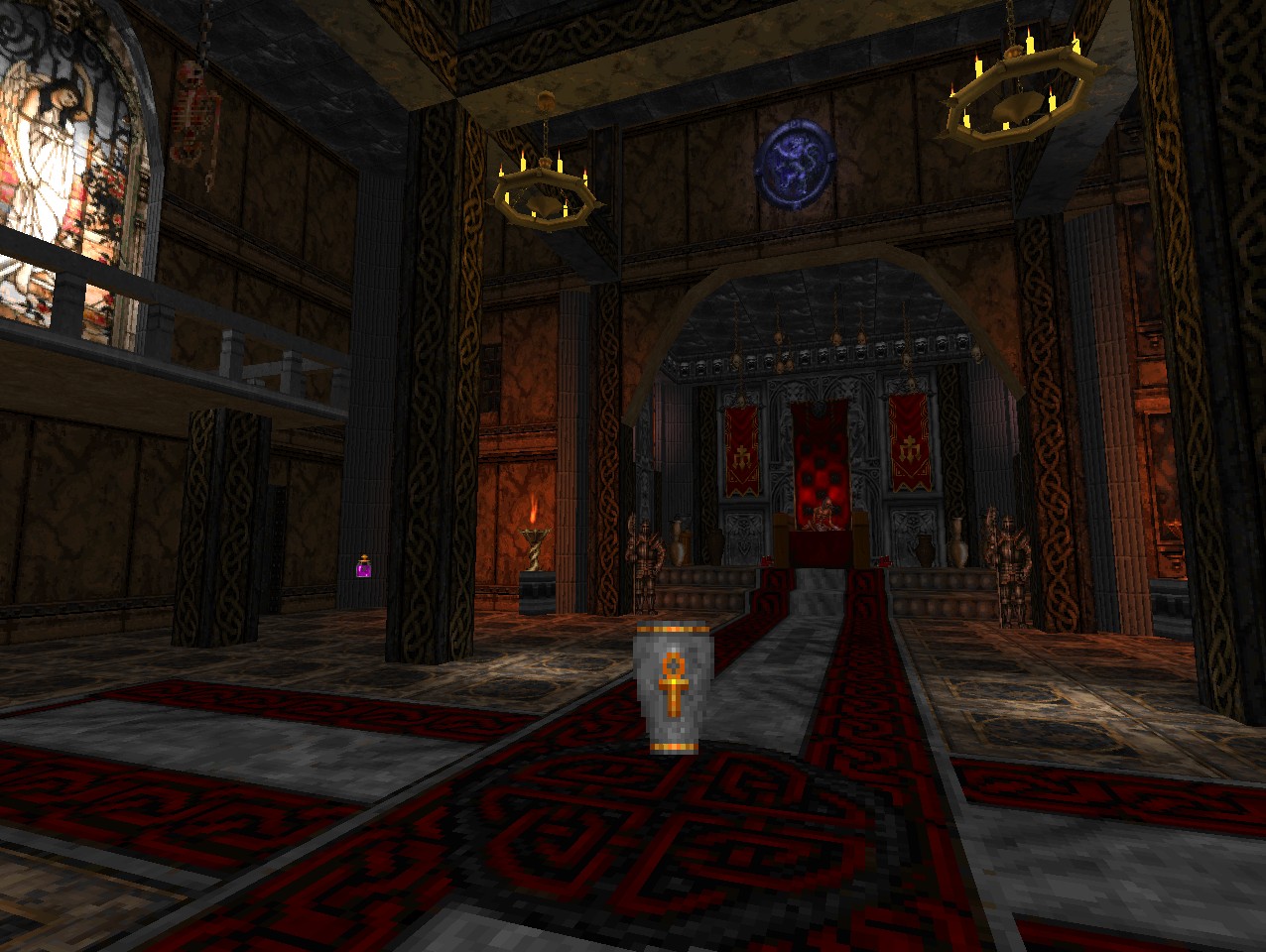

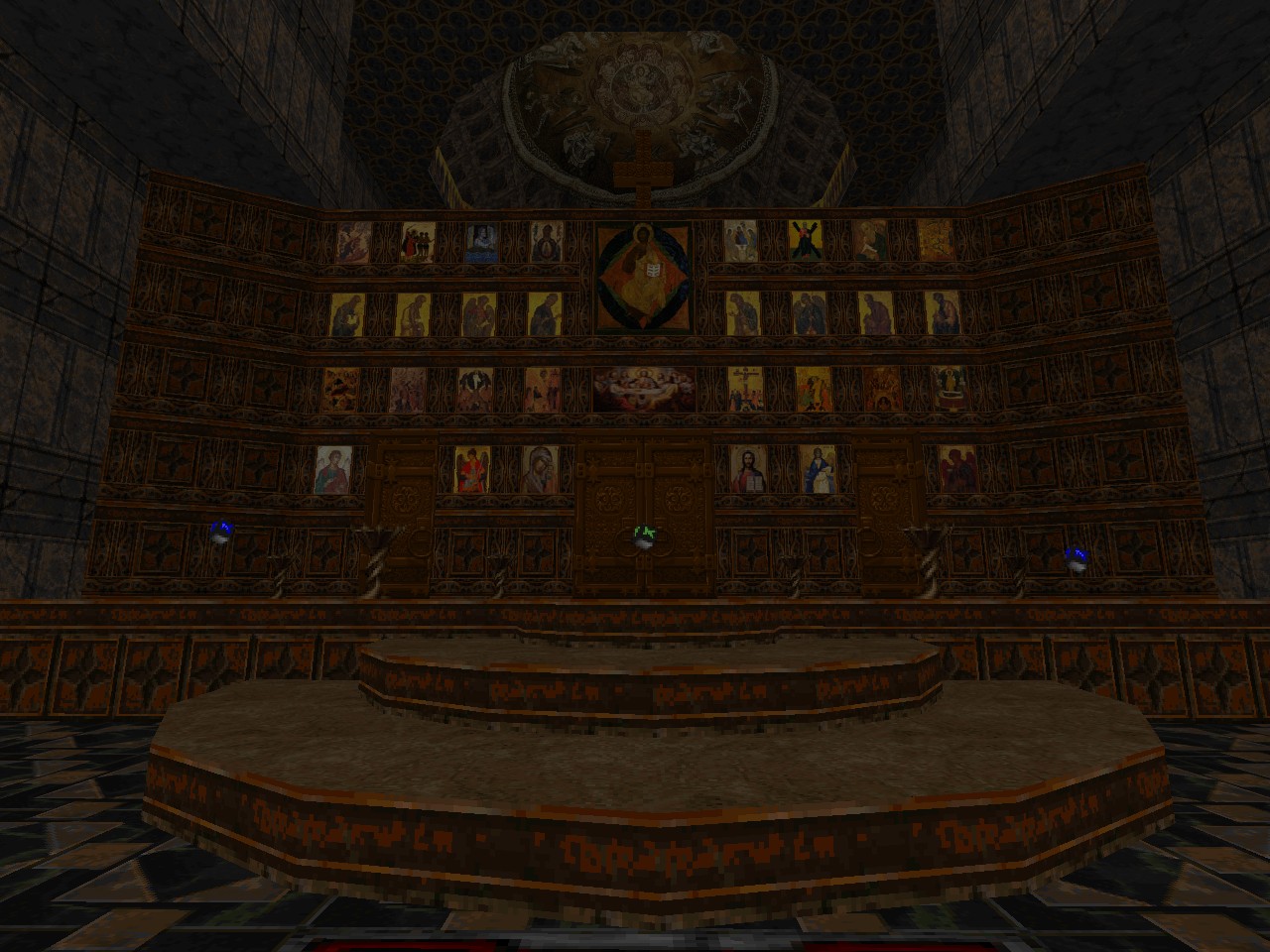
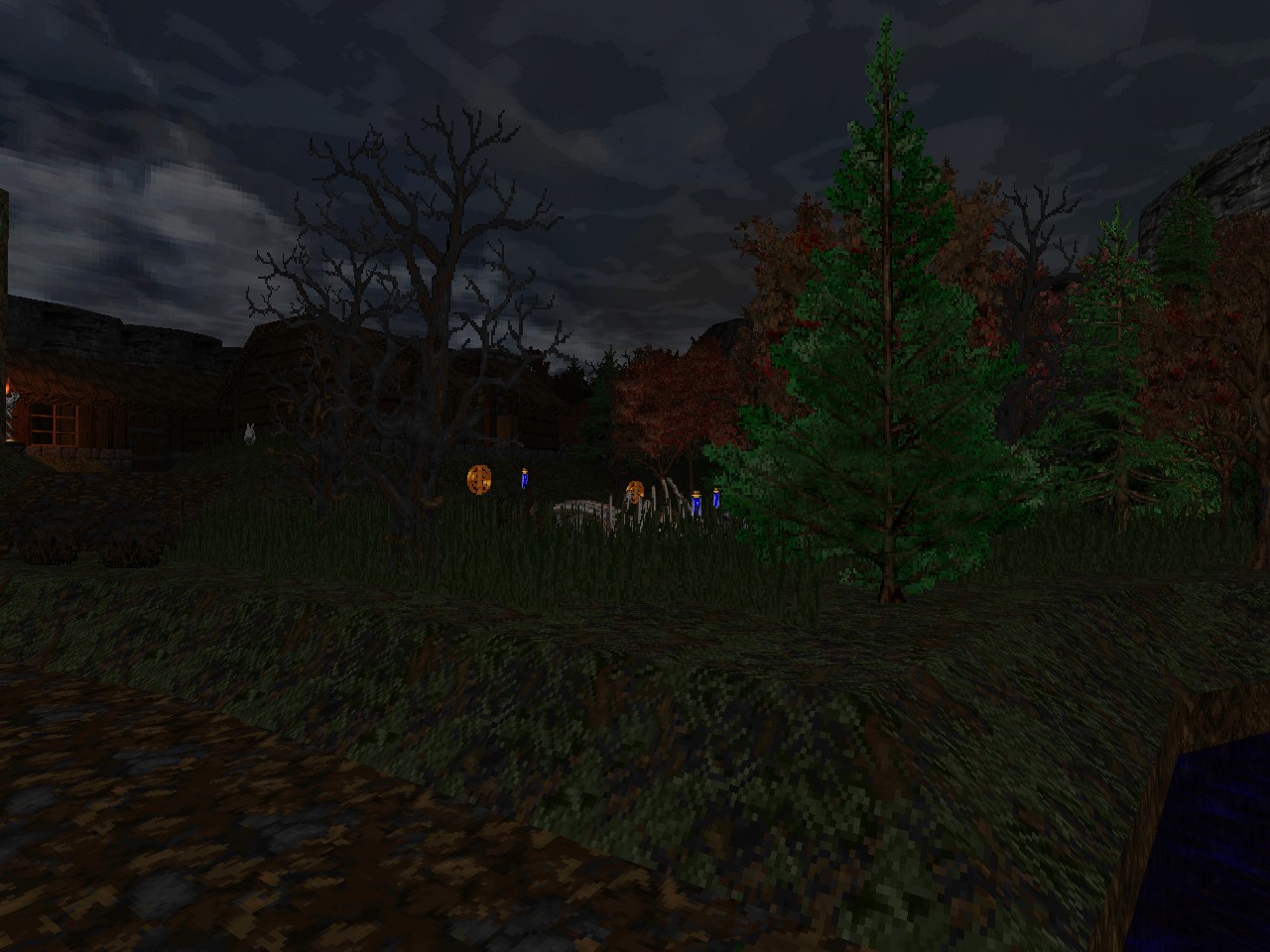
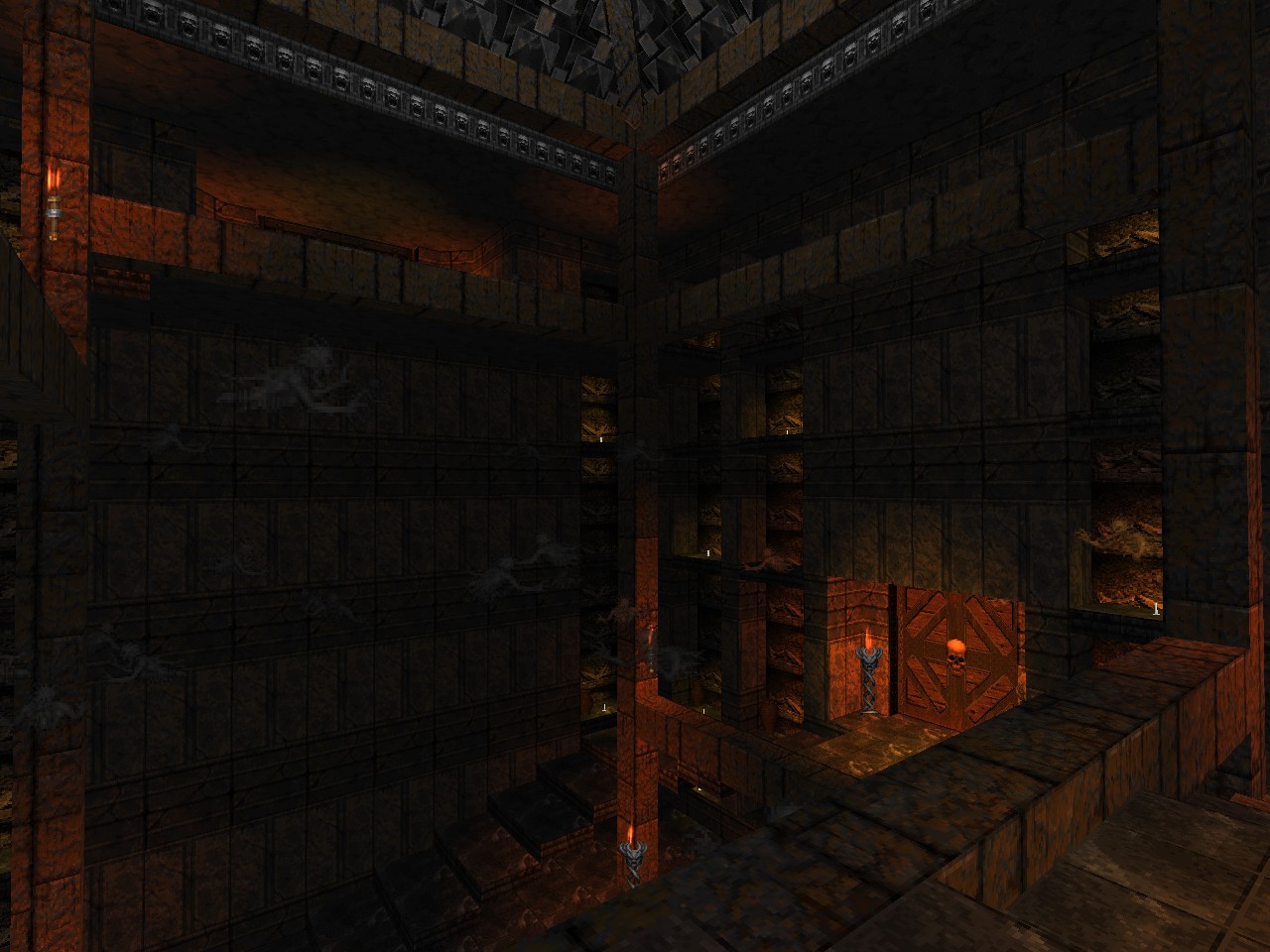
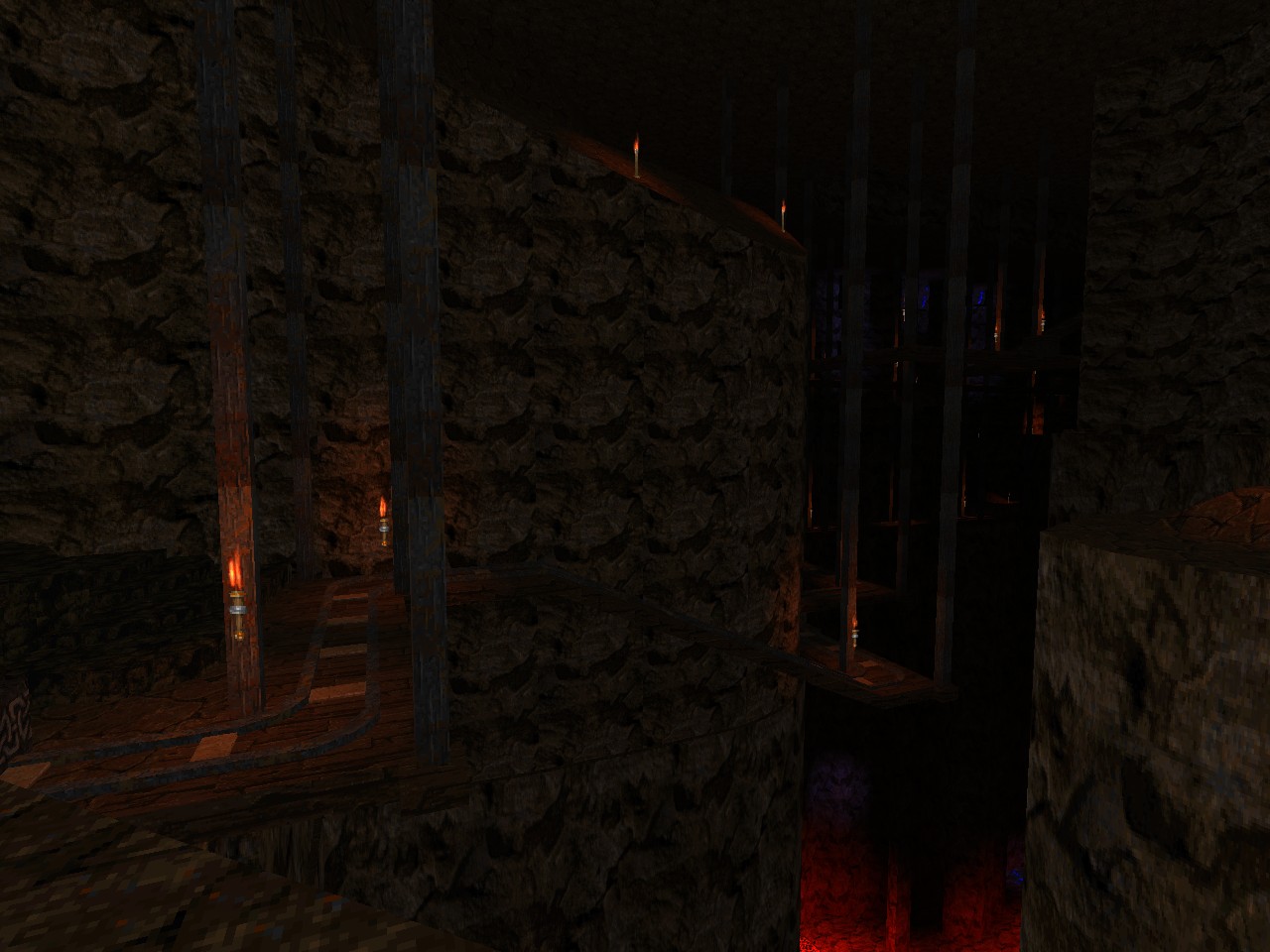
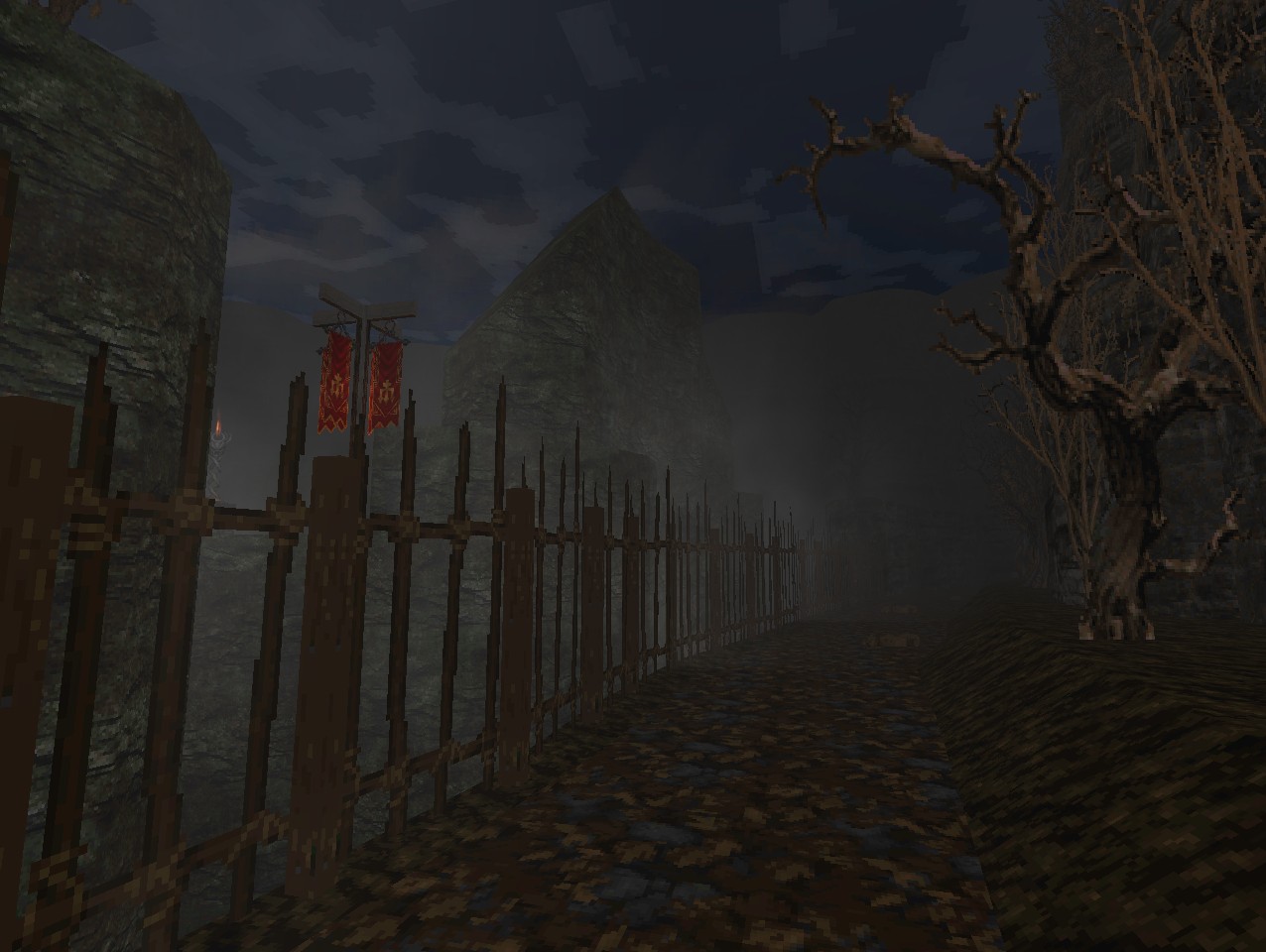
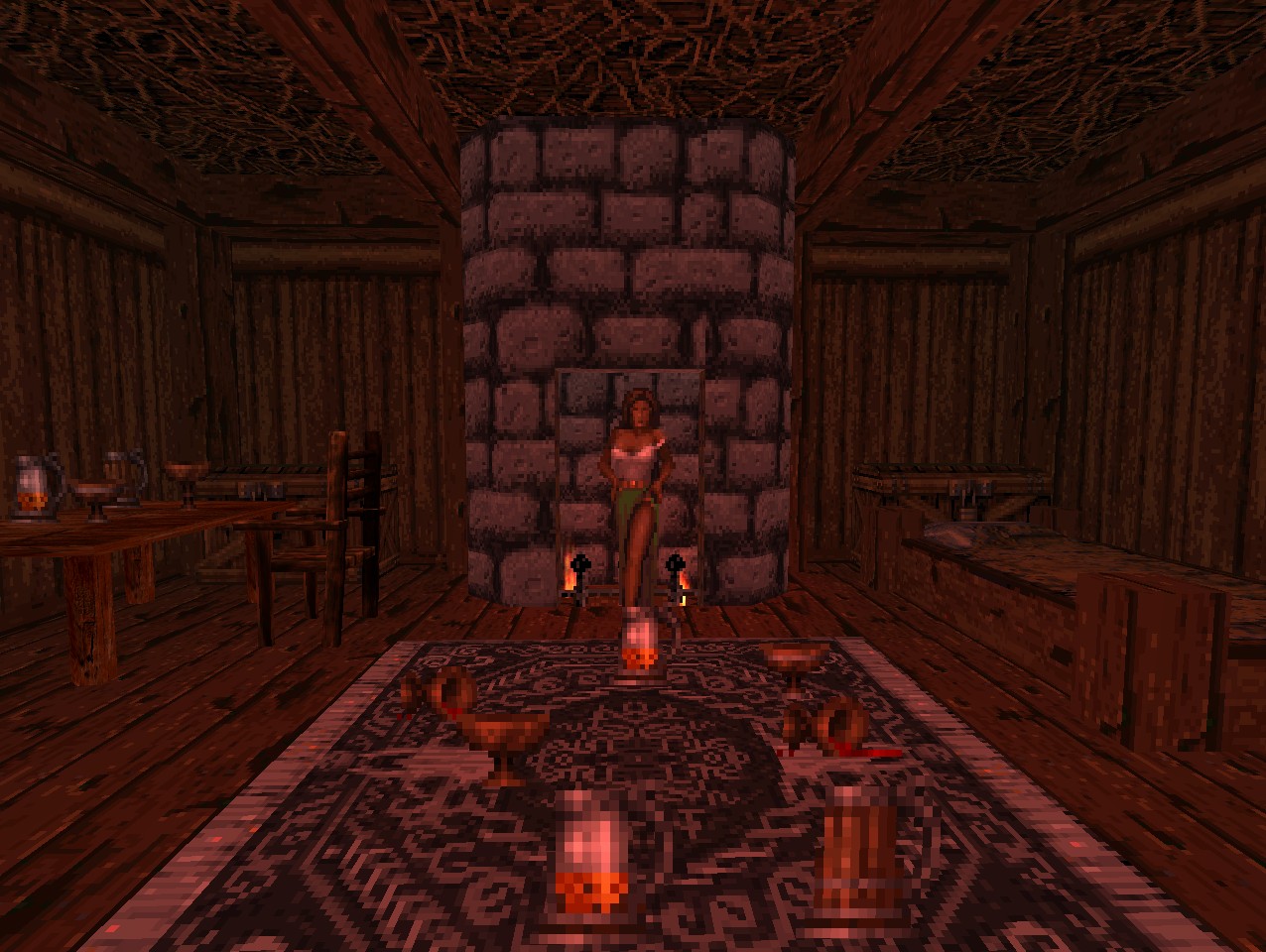
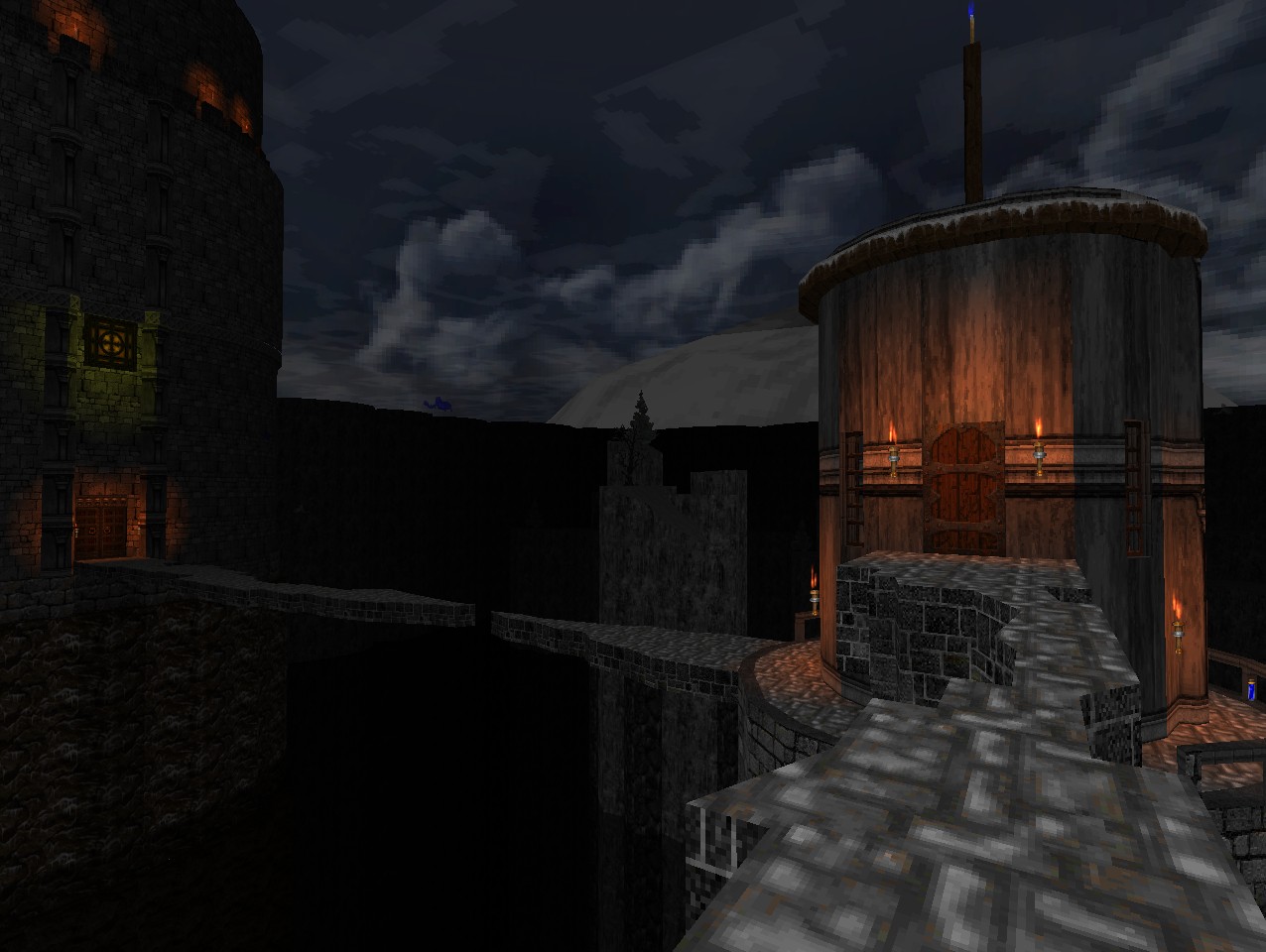
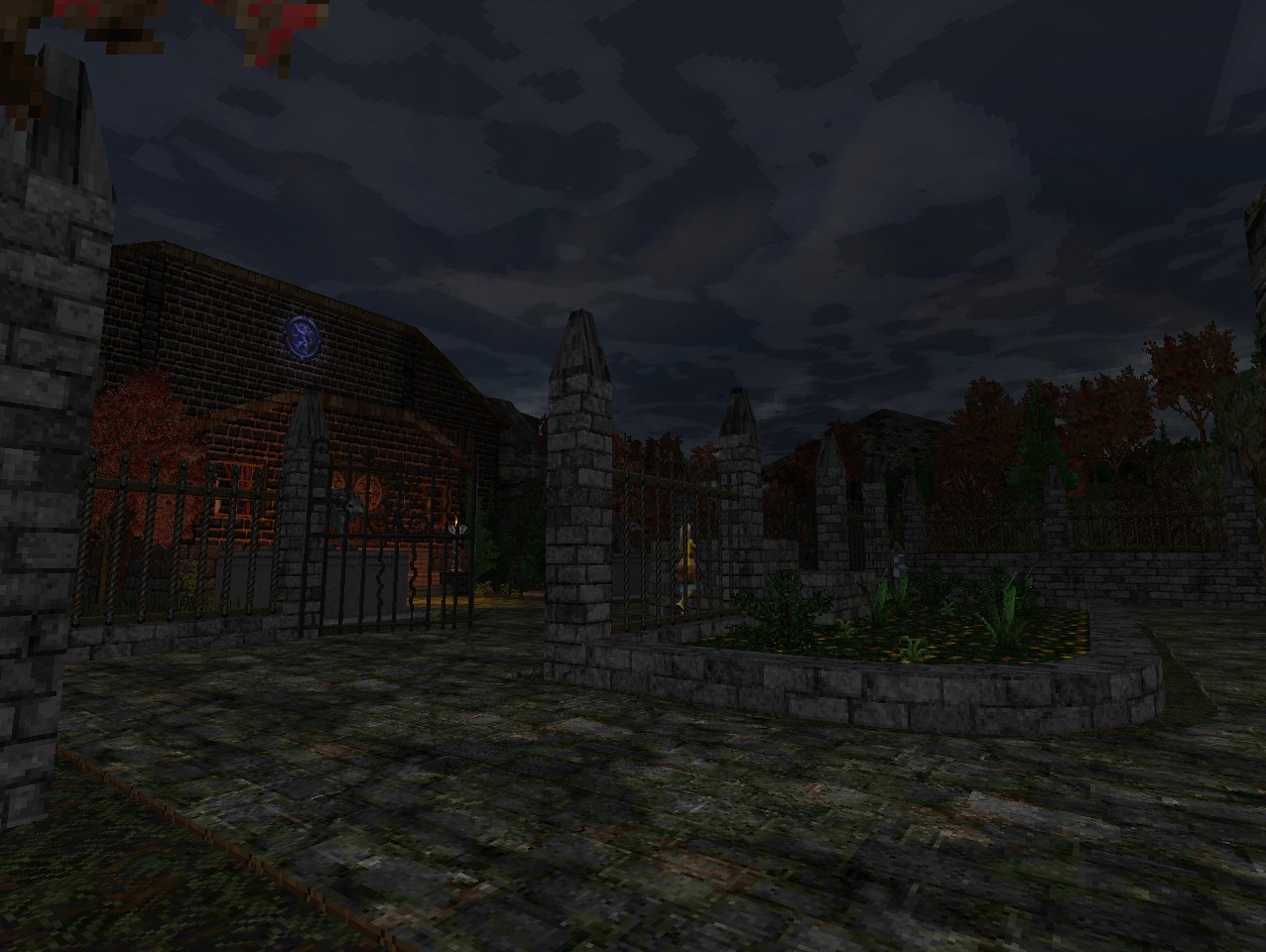
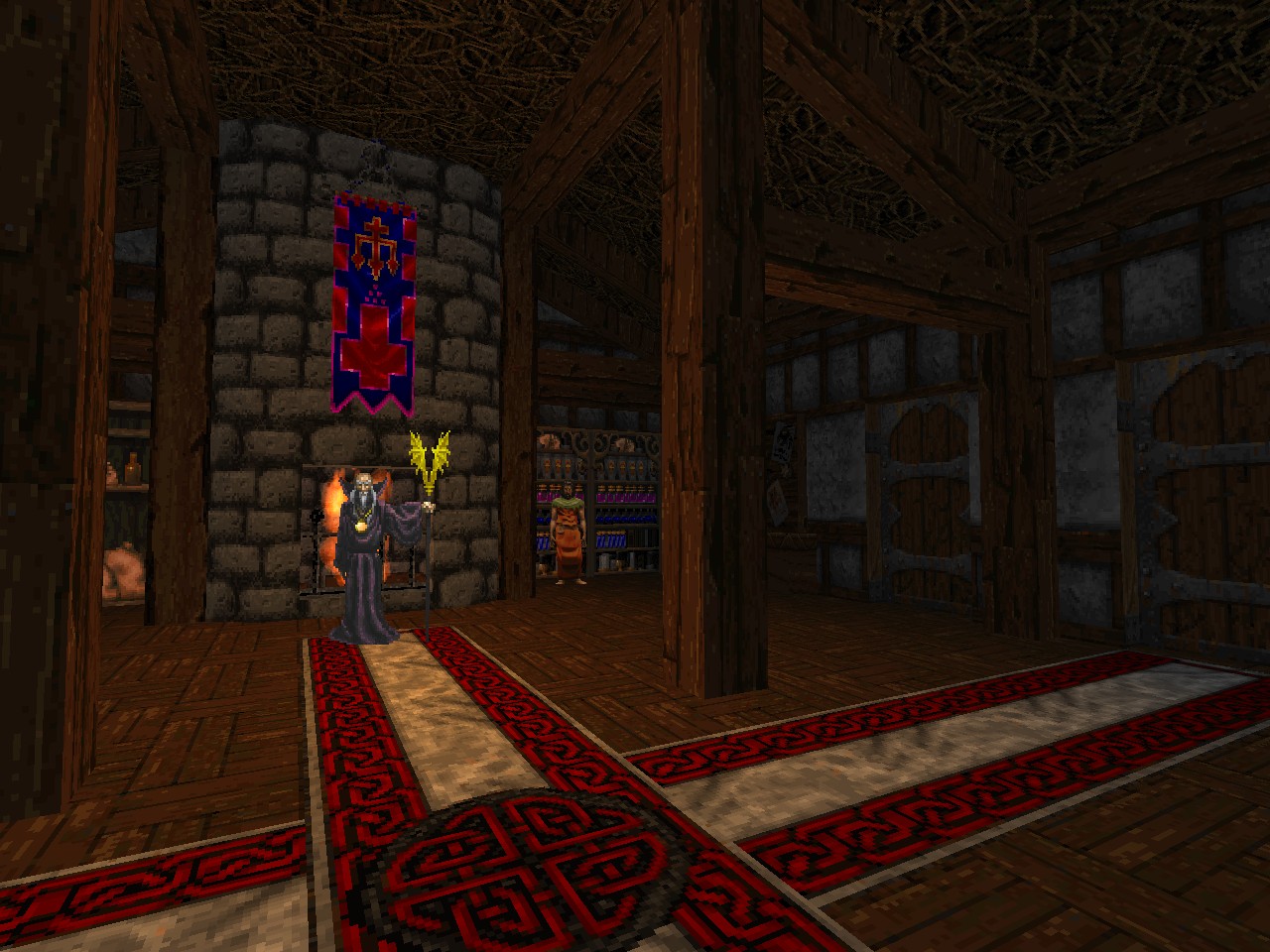
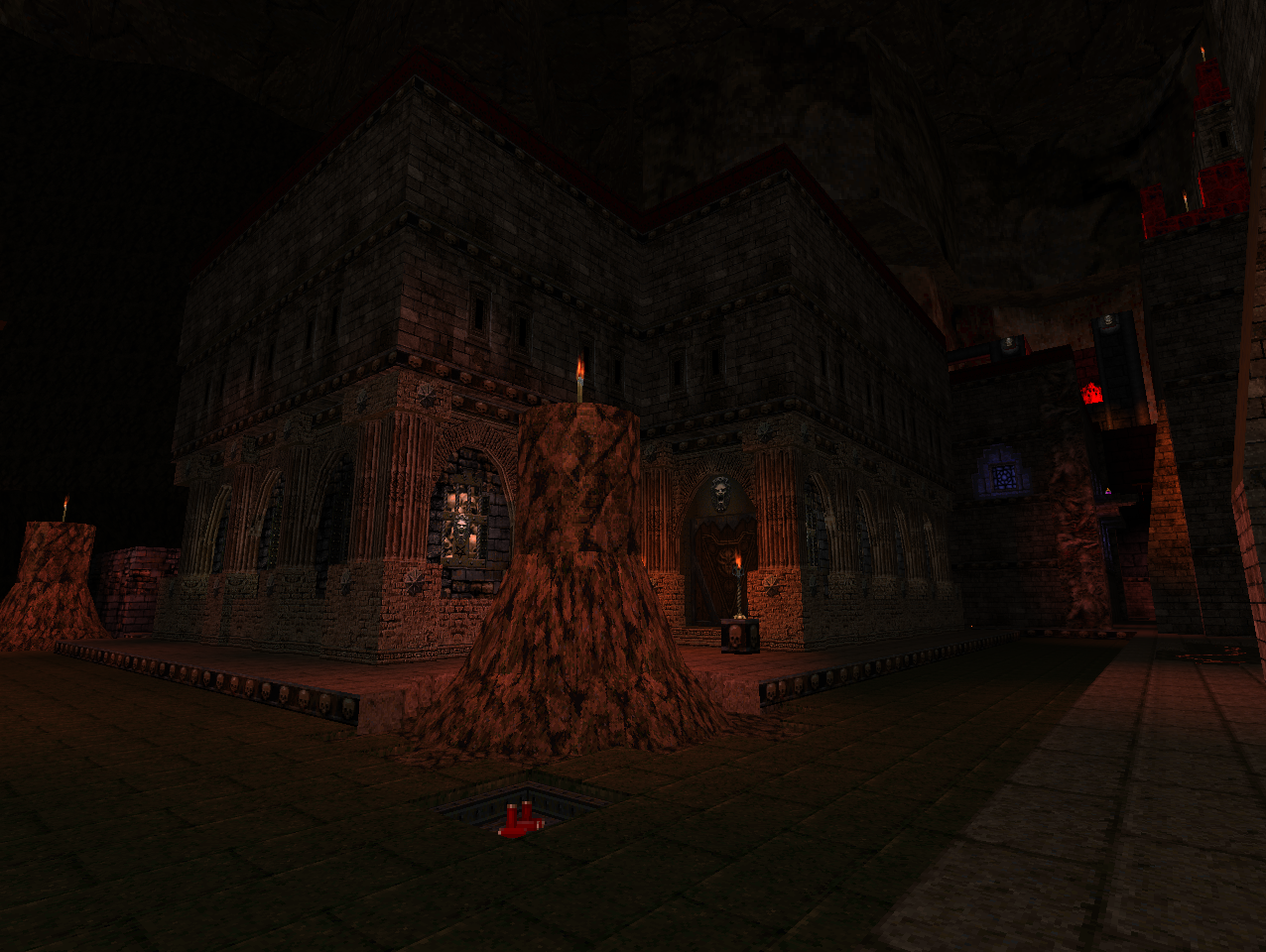
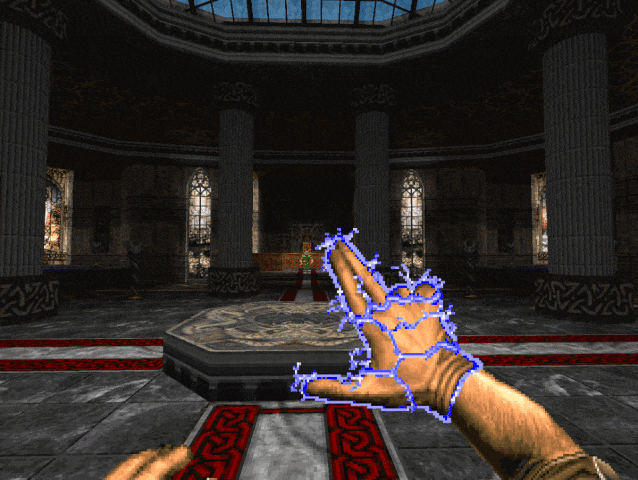
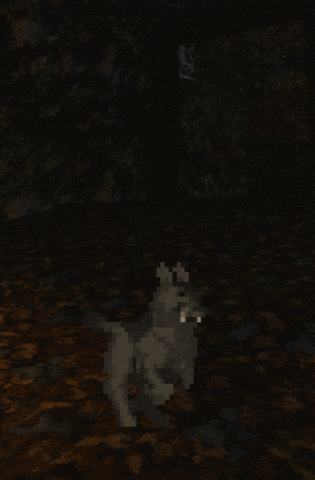
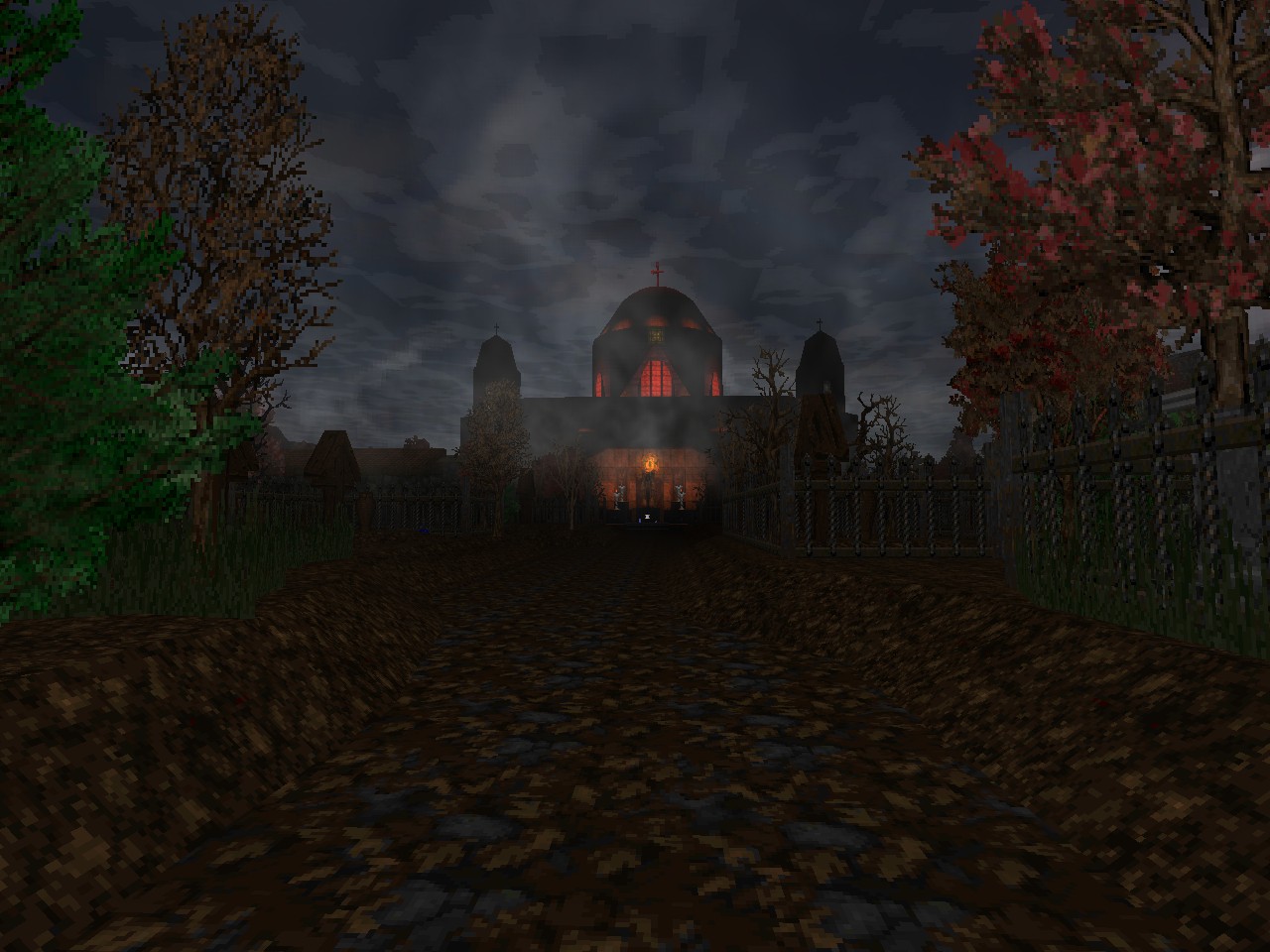


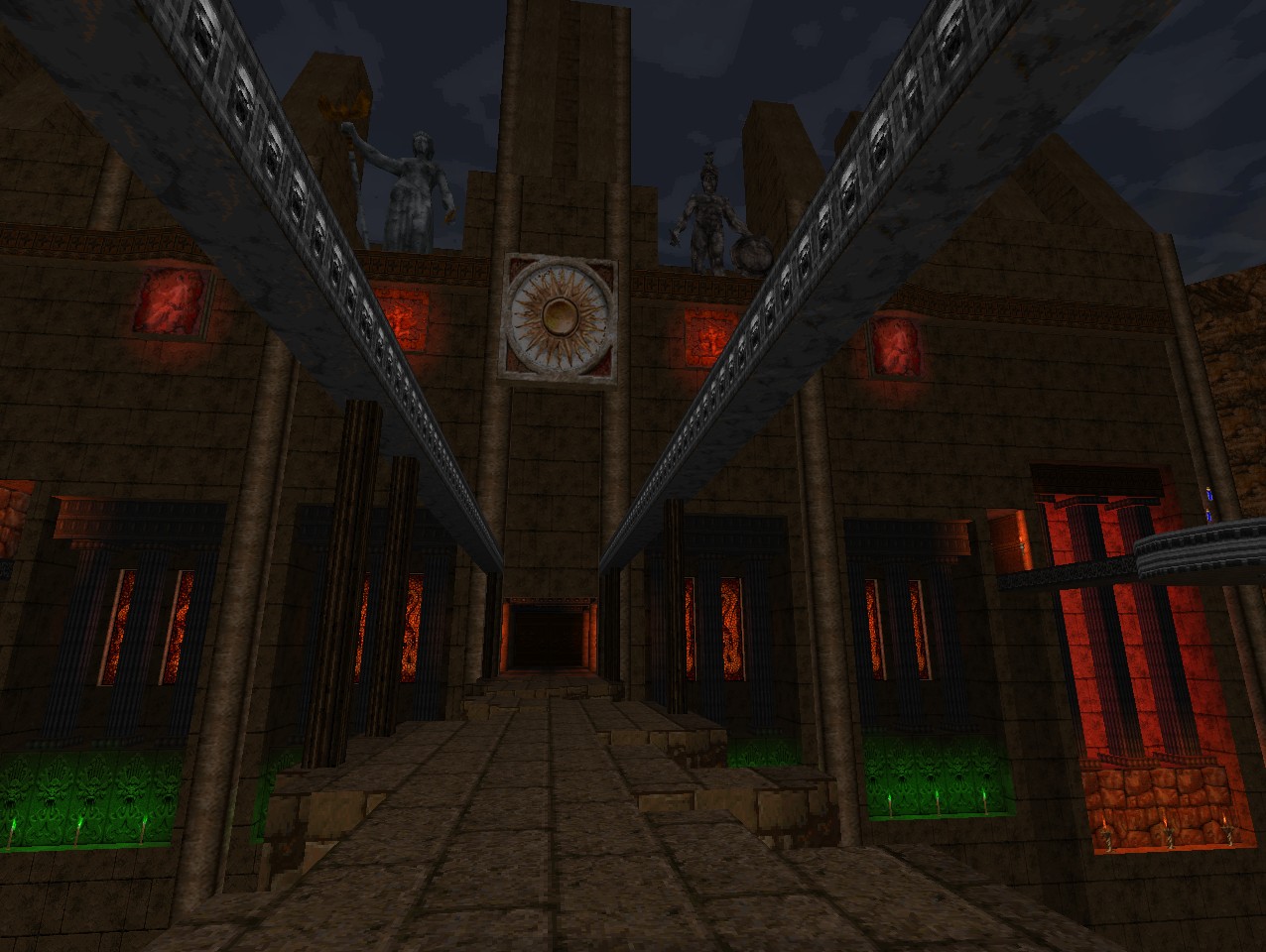

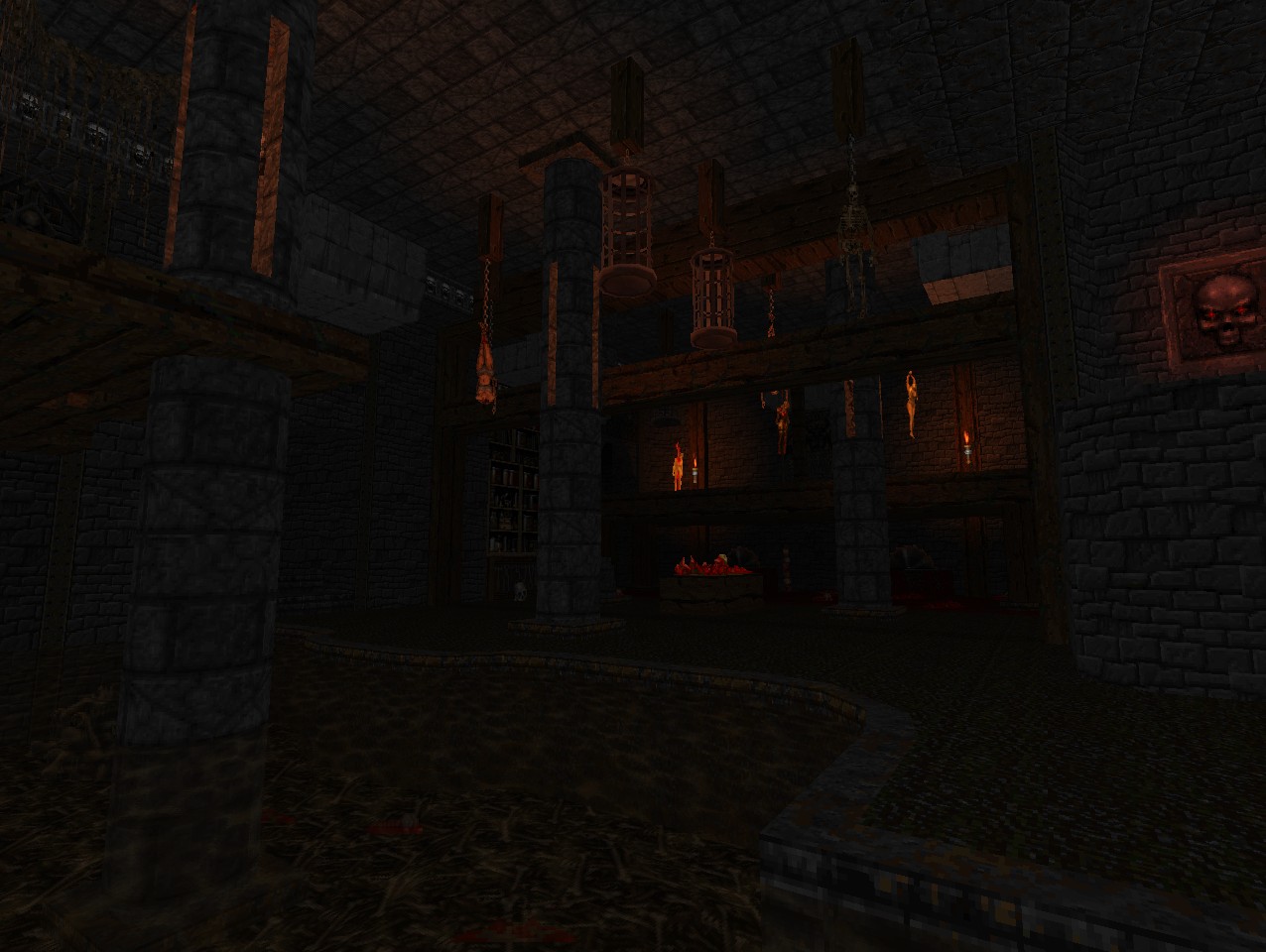

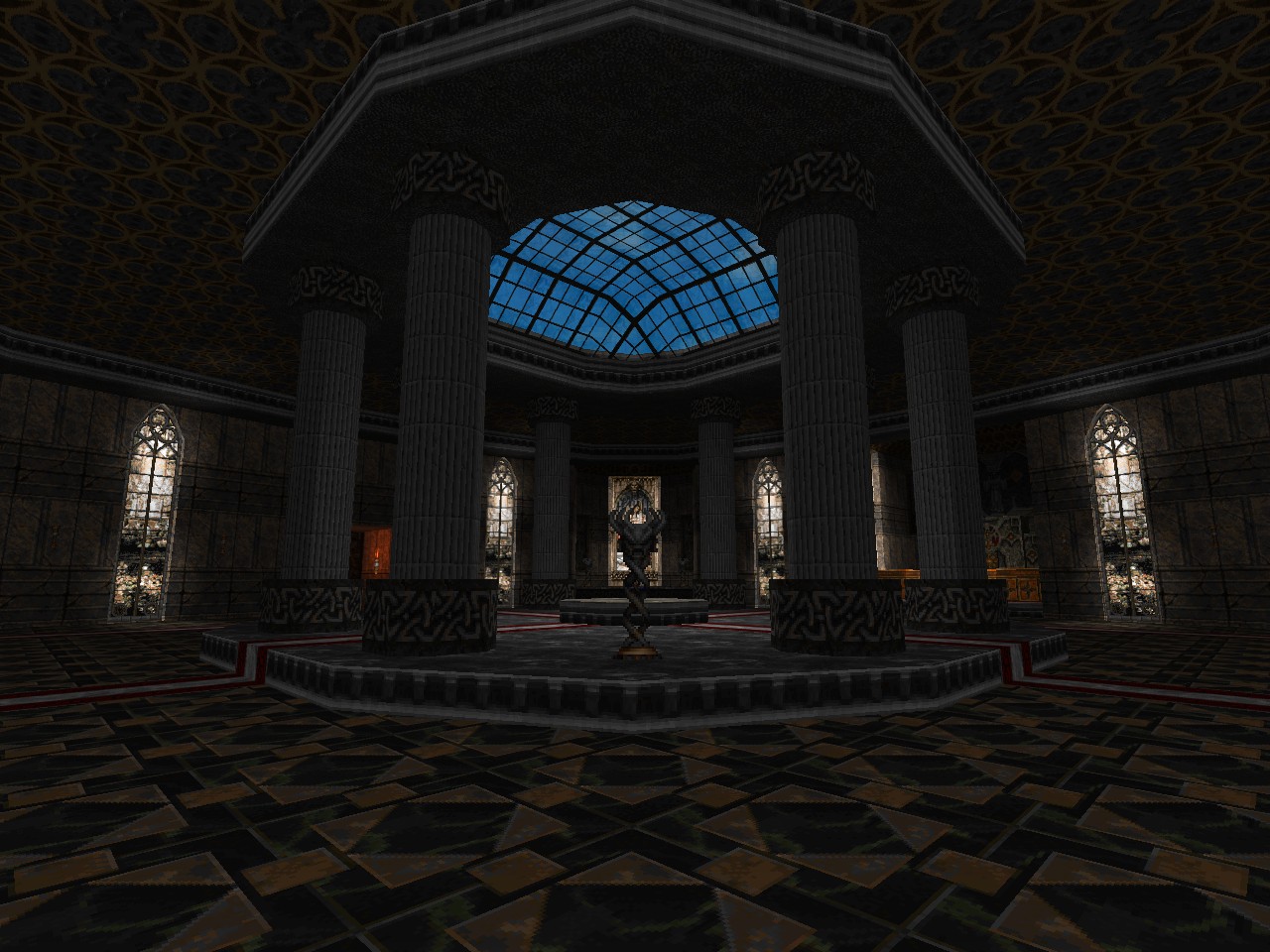
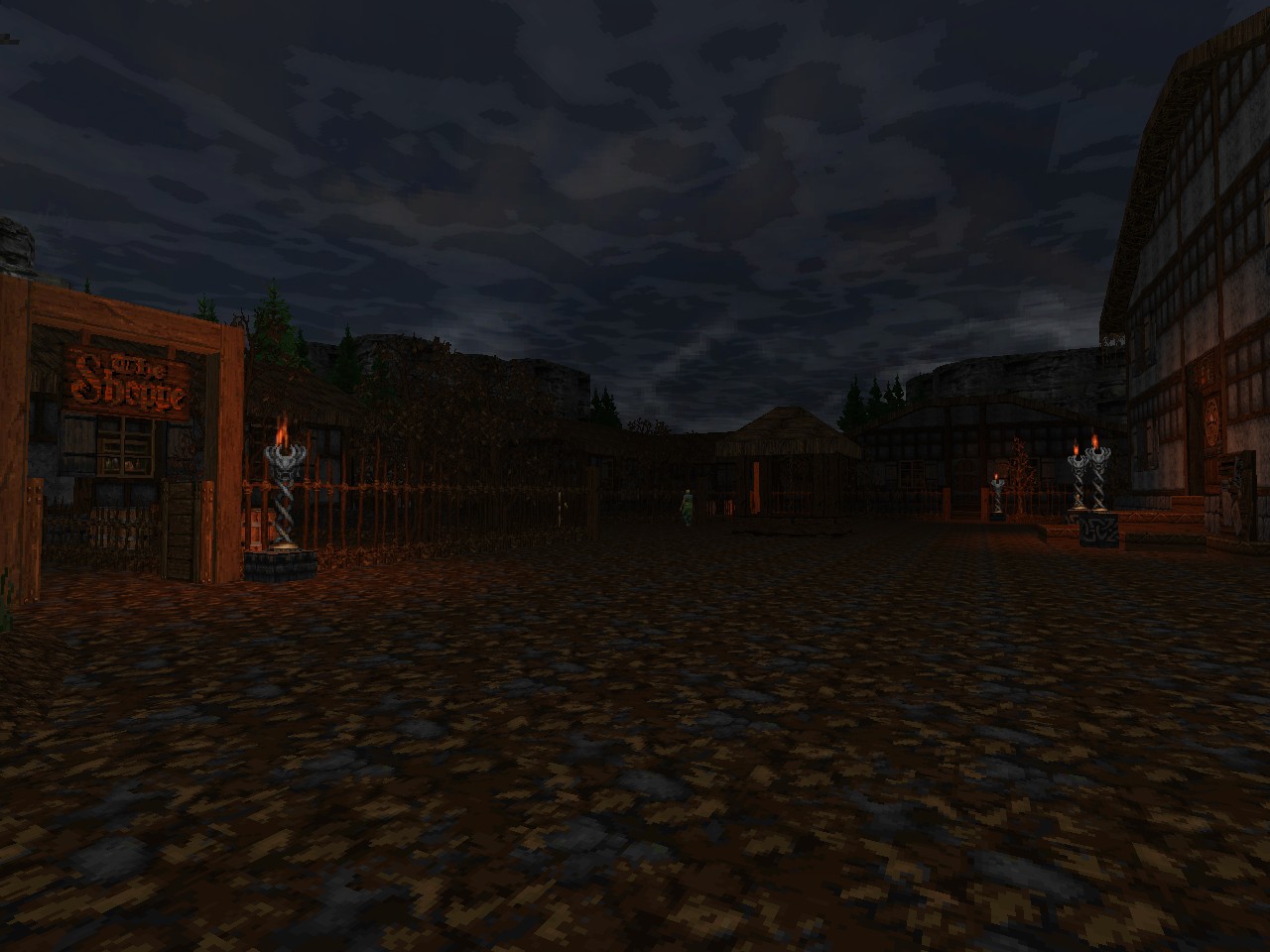
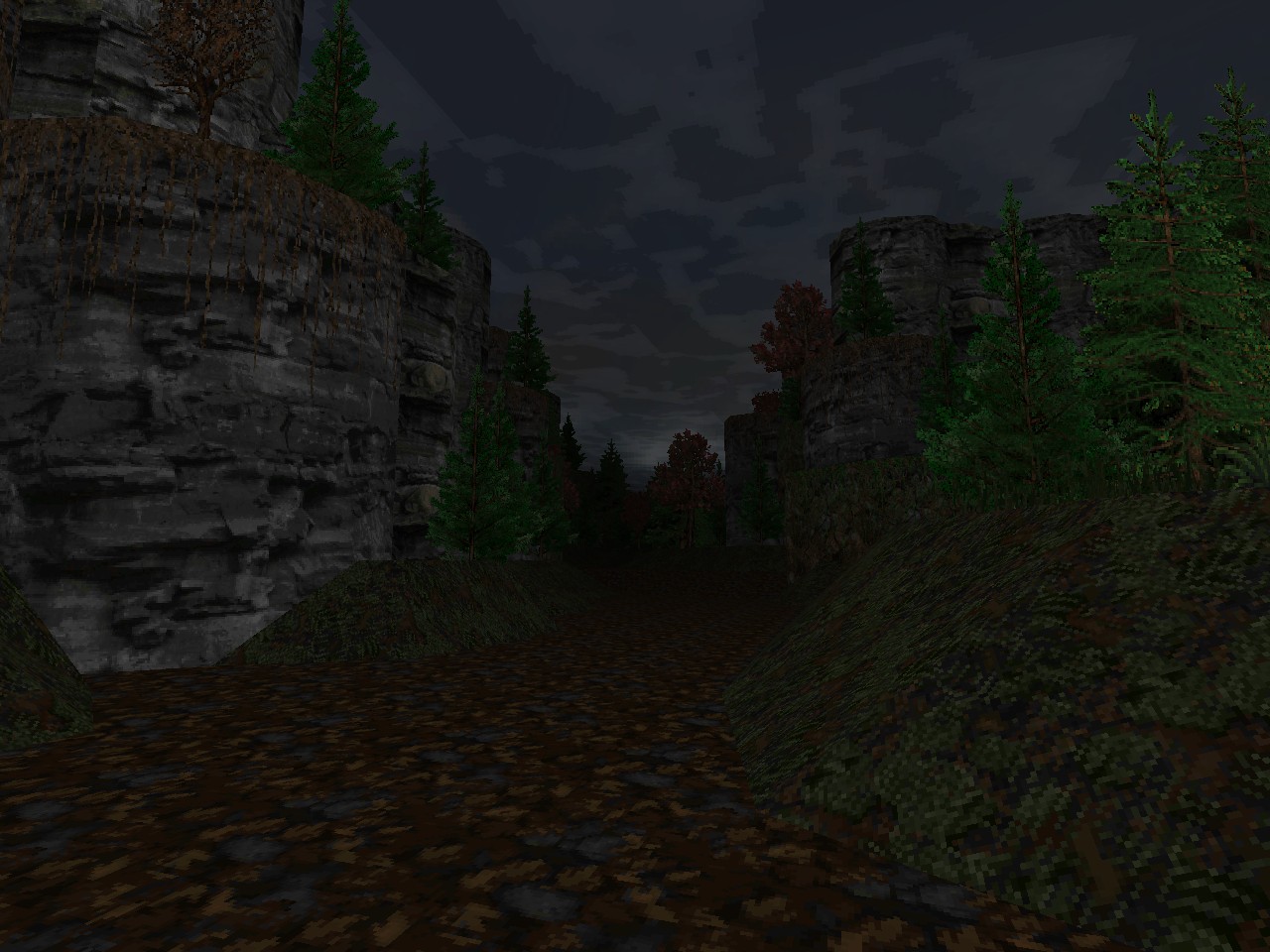
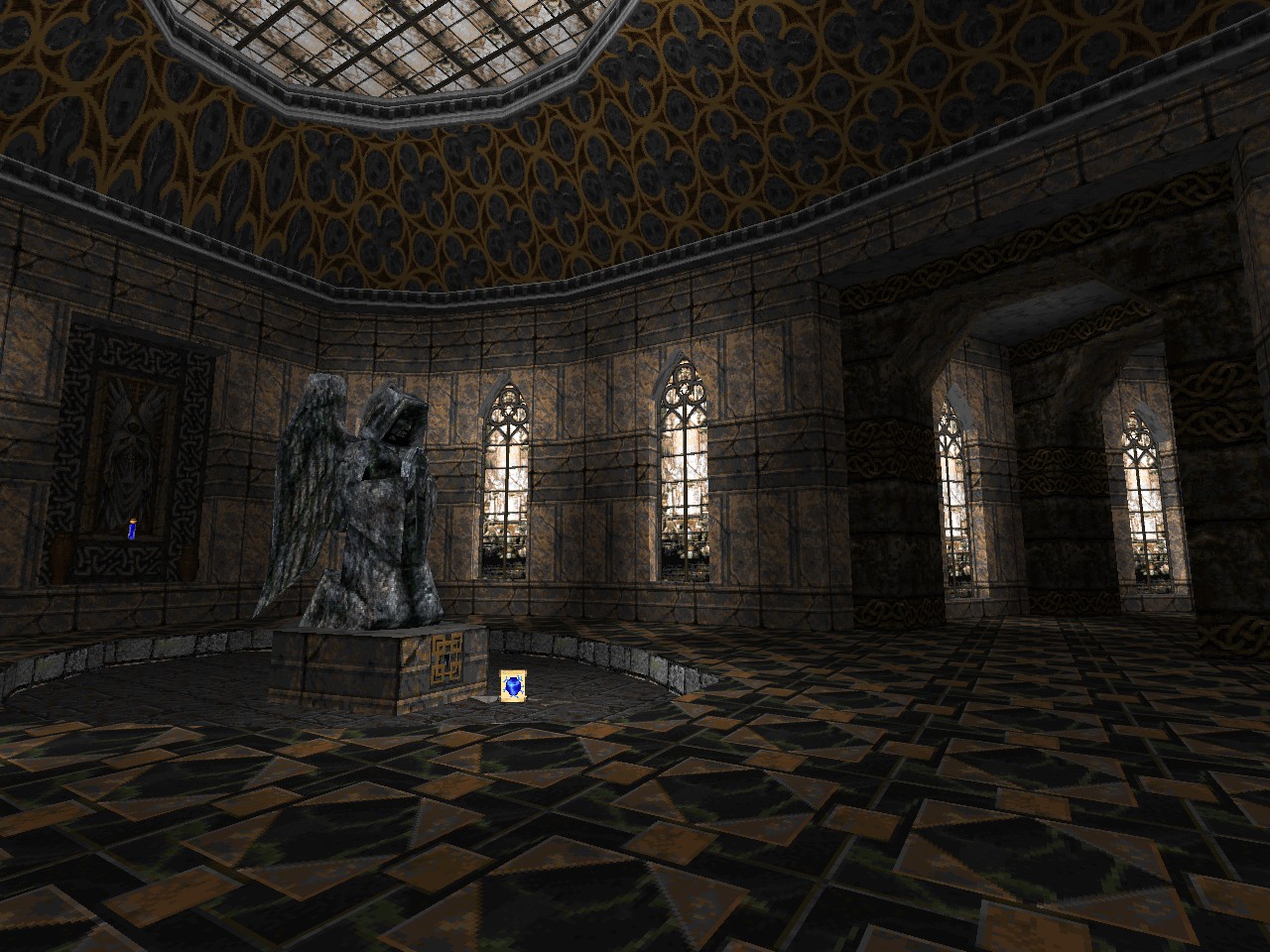

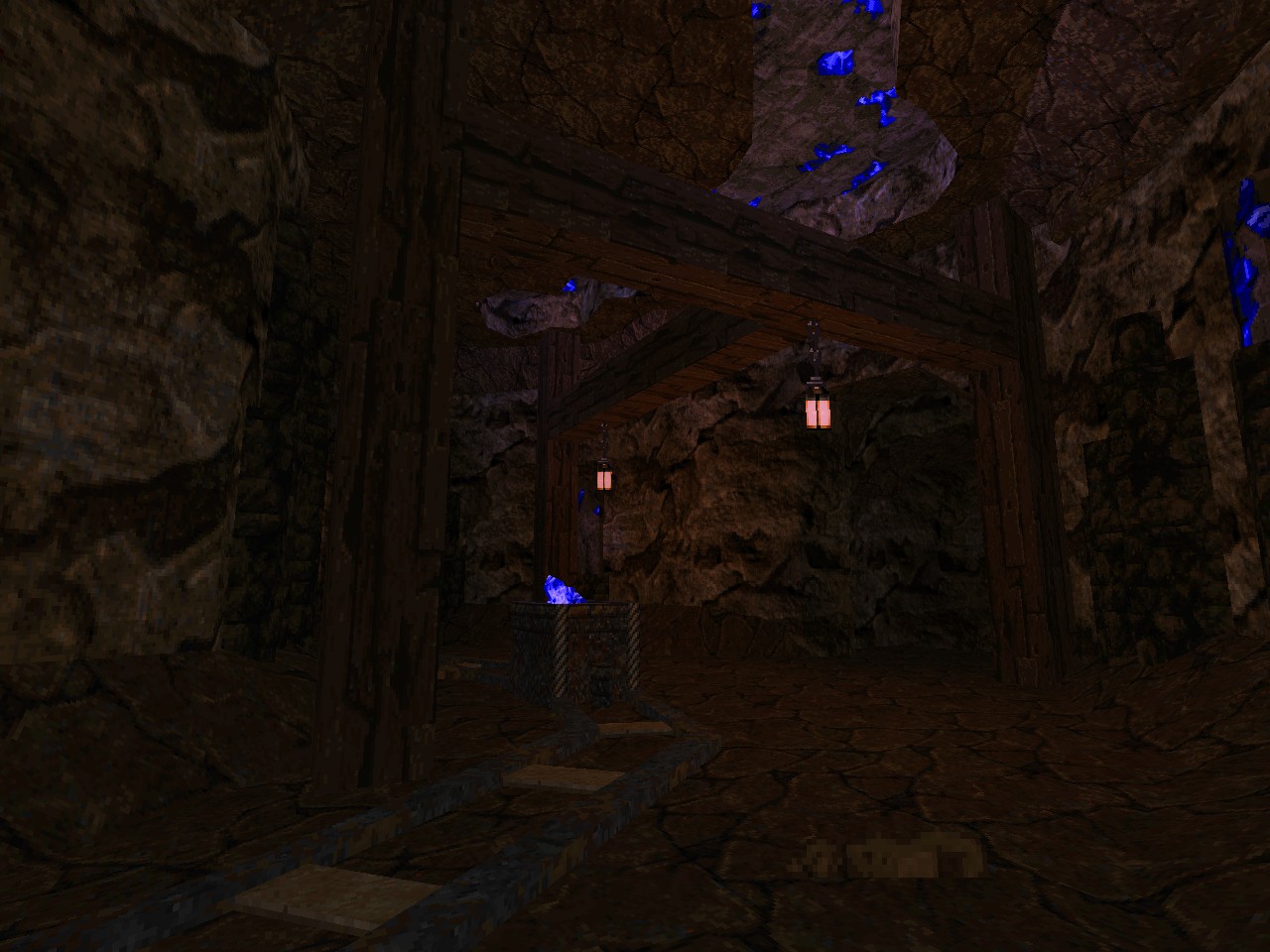

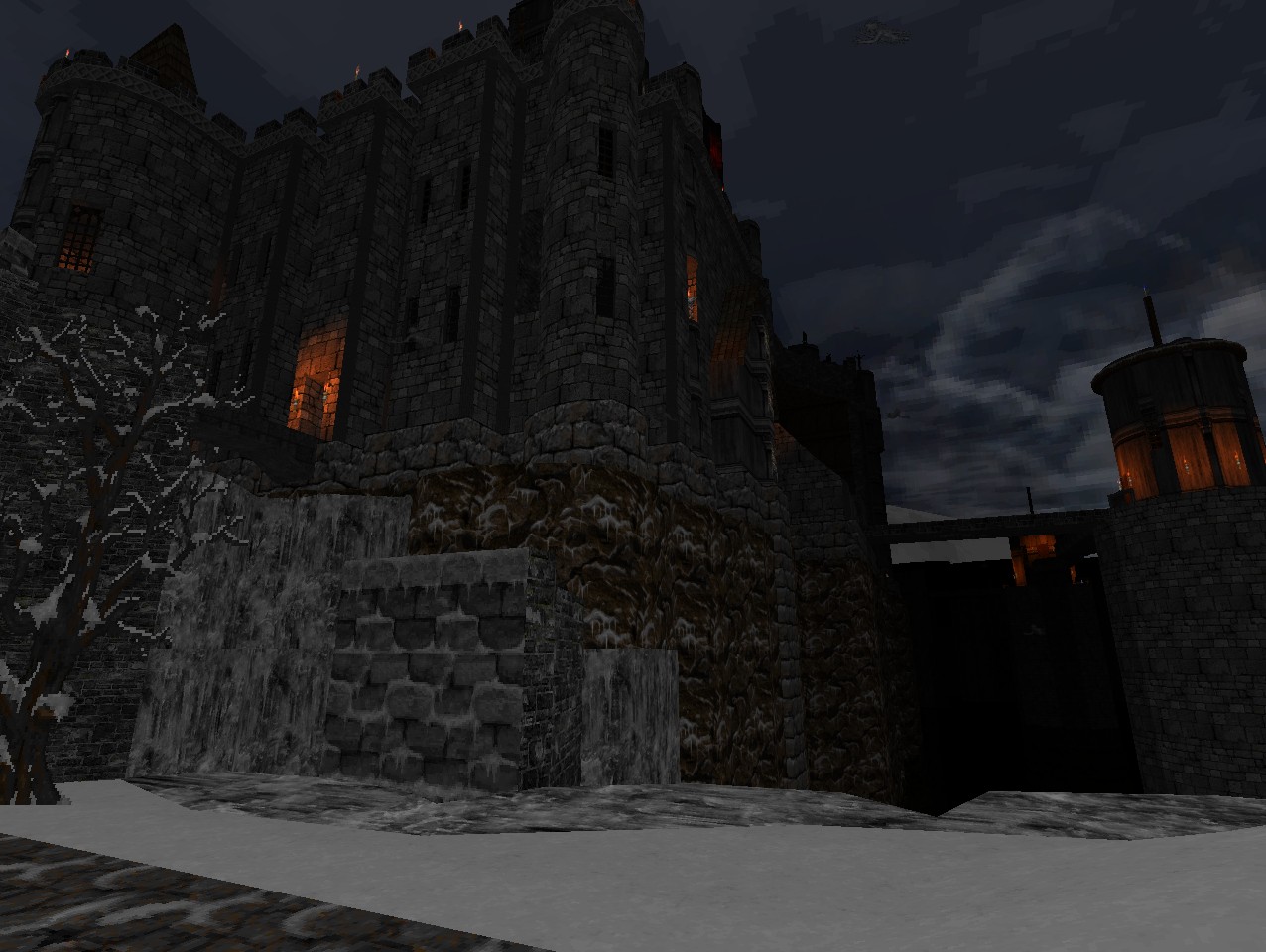

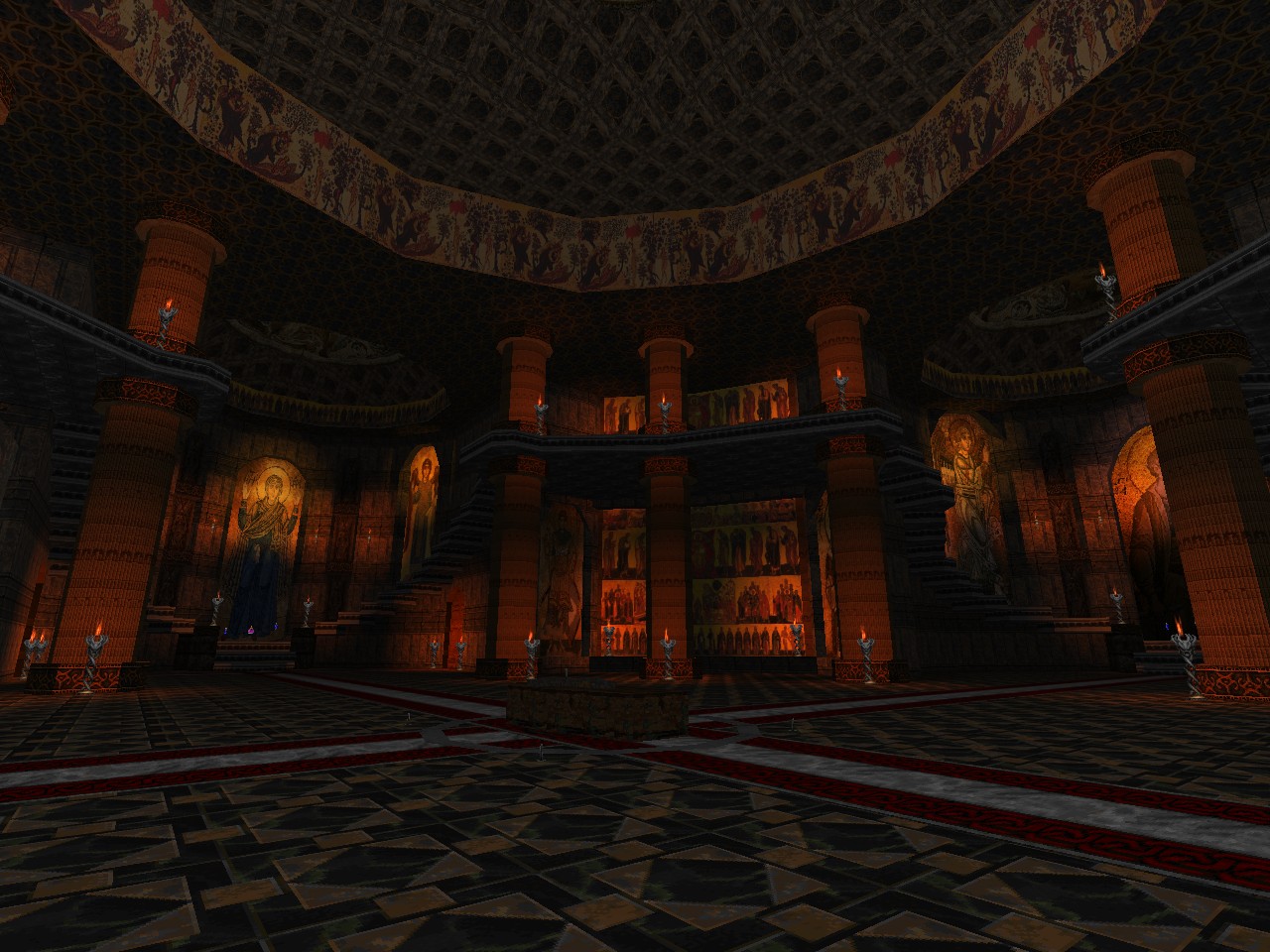

Really glad to see a new review by you appear again, and what a biggie this one seems. Before I sit back and enjoy the read (with a good drink) I just wanted to comment to tell u that I love your site and enjoy reading your reviews, its been quite helpfull in finding some good wads that I might've overlooked.
ReplyDeleteHope to see you continue to review wads for this awesome game.
Thanks for the effort.
thank you for reading! It feels great to finally have this review published.
Delete"Or, hey, the trial and error switch puzzle that could waste a ton of resources if you didn't save scum it."
ReplyDeleteNot trial and error. Correct switches are marked with manacubes lying under them on the first floor.
Oh, hey! A Jim Flynn special. Unfortunately, I was too excited about having mana in a level starved for resources for them to linger long enough to serve as a puzzle clue.
Delete